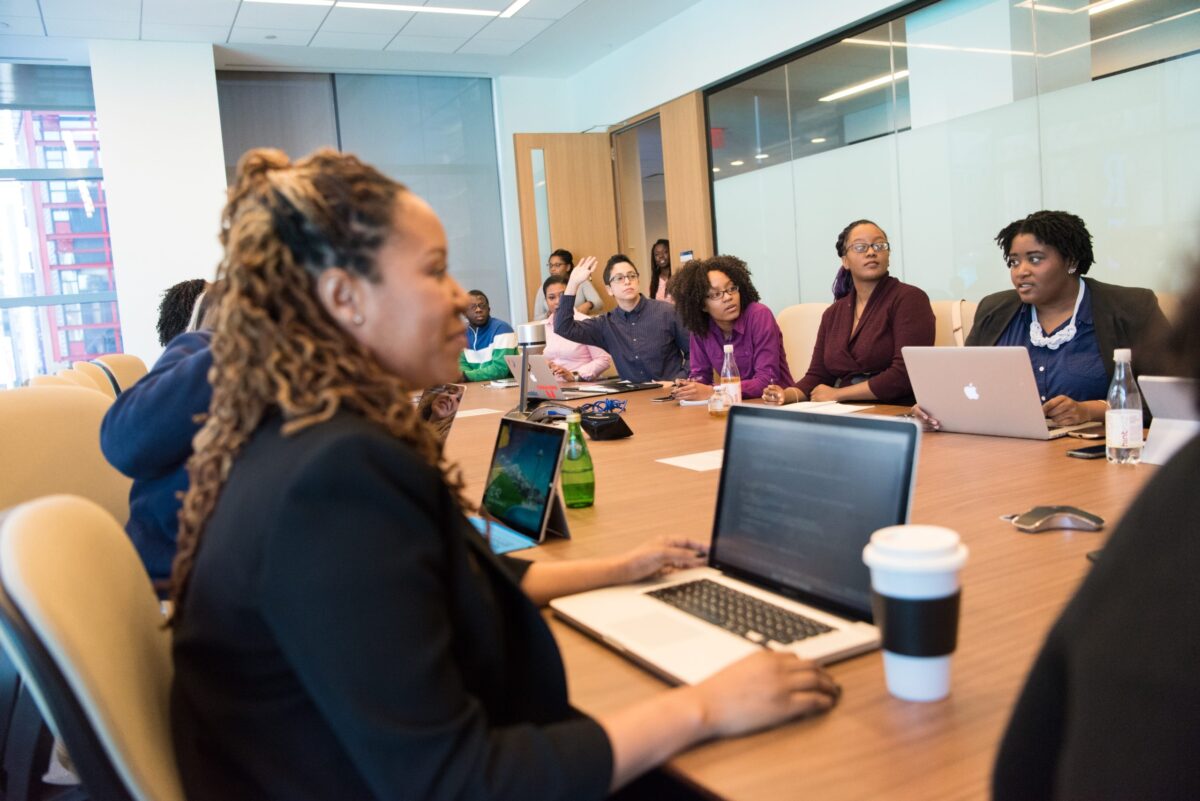
“Perception determines how you’ll engage in an endeavor. Thus, you should always assess your perception before doing so.” -Greg Williams, The Master Negotiator & Body Language Expert
There you are. Everything is on the line. You’re negotiating in a life and death challenge. What might you do and how might you negotiate differently giving the life and death challenge that confronts you? Would the answer depend on whose life you were negotiating for?
Okay, let’s turn the temperature down a little. Suppose it was your job or a contract that you were negotiating for instead of someone’s life. Would that alter the negotiation tactics and strategies you’d employ?
There are central components that flow through every negotiation. The only thing that changes is their order based on the severity of the negotiation.
The following are components that will occur in every negotiation you’ll encounter. Master them and you’ll have a greater chance of mastering successful negotiation outcomes.
Mindset: Your mindset is your greatest ally or foe.
- Always be aware of the mindset you possess when negotiating. Your mindset will determine the degree that you think logically or illogically.
- Your mindset will change based on the challenges you perceive and how you address them. That will impact the interactions you have with the other negotiator.
- Be aware of what causes you to see yourself differently. Therein will lie embedded clues about why your mind shifts.
Bonding: I understand you. We’re alike.
- People like people that are like themselves. And, they want to be heard and appreciated.
- Bonding helps people to perceive you as being like them.
- The time to ask for concessions in a negotiation is when you’ve bonded sufficiently. It’s an important factor that increases the odds of getting what you want.
Positioning/Controlling the negotiation: Look how far we’ve come. I see a positive outcome on the horizon.
- Prior to starting the negotiation establish what will be discussed. That will determine the flow of the negotiation.
- Set the agenda to discuss the items of greatest importance first. The other negotiator will have his priorities. So, be prepared to trade points to ensure you control the negotiation’s flow.
- Determine which strategies and tactics are most appropriate for the type of negotiation you’ll engage in.
Reframing: That’s not what I meant.
- Know when to reframe an offer. Sometimes people perceive offers differently from what was intended. If you sense that, reframe the offer. That will allow it to be viewed from a different perspective, which could make it more appealing.
- To reframe an offer to make it more appealing, position it as a benefit to the other negotiator.
Pace: Change of pace alters a negotiation’s flow.
- Bypass points of contention when you want to avoid them (e.g. Let’s come back to that later).
- Negotiate slower or faster to increase or relieve anxiety or pressure when it’s to your advantage to do so.
- Changing your pace of speech when making offers will impact their perception. If more time is required to have the importance of an offer appreciated, consider speaking slower. That will subliminally convey its importance.
Hope: The outcome doesn’t have to be bleak.
- Brandish hope as an ally. Doing so will keep people engaged in the negotiation.
- Take hope away when the other negotiator strays in the wrong direction. Your intent is to let him know that he’s engaged in a losing proposition.
Every negotiation you’ll be in will not be life and death. But the components above will be in every negotiation you’re in. Using them adeptly will enhance your probability of having a successful negotiation outcome … and everything will be right with the world.
Remember, you’re always negotiating!
After reading this article, what are you thinking? I’d really like to know. Reach me at Greg@TheMasterNegotiator.com
To receive Greg’s free “Negotiation Tip of the Week” and the “Sunday Negotiation Insight” click here http://www.TheMasterNegotiator.com/greg-williams/
#Life #death #challenge #Negotiate #Negotiations #bodylanguage #Negotiator #Business #Management #SmallBusiness #Money #Negotiating #combat #negotiatingwithabully #bully #bullies #bullying #PersonalDevelopment #HandlingObjections #HowToNegotiateBetter #CSuite #TheMasterNegotiator #psychology #NegotiationPsychology















